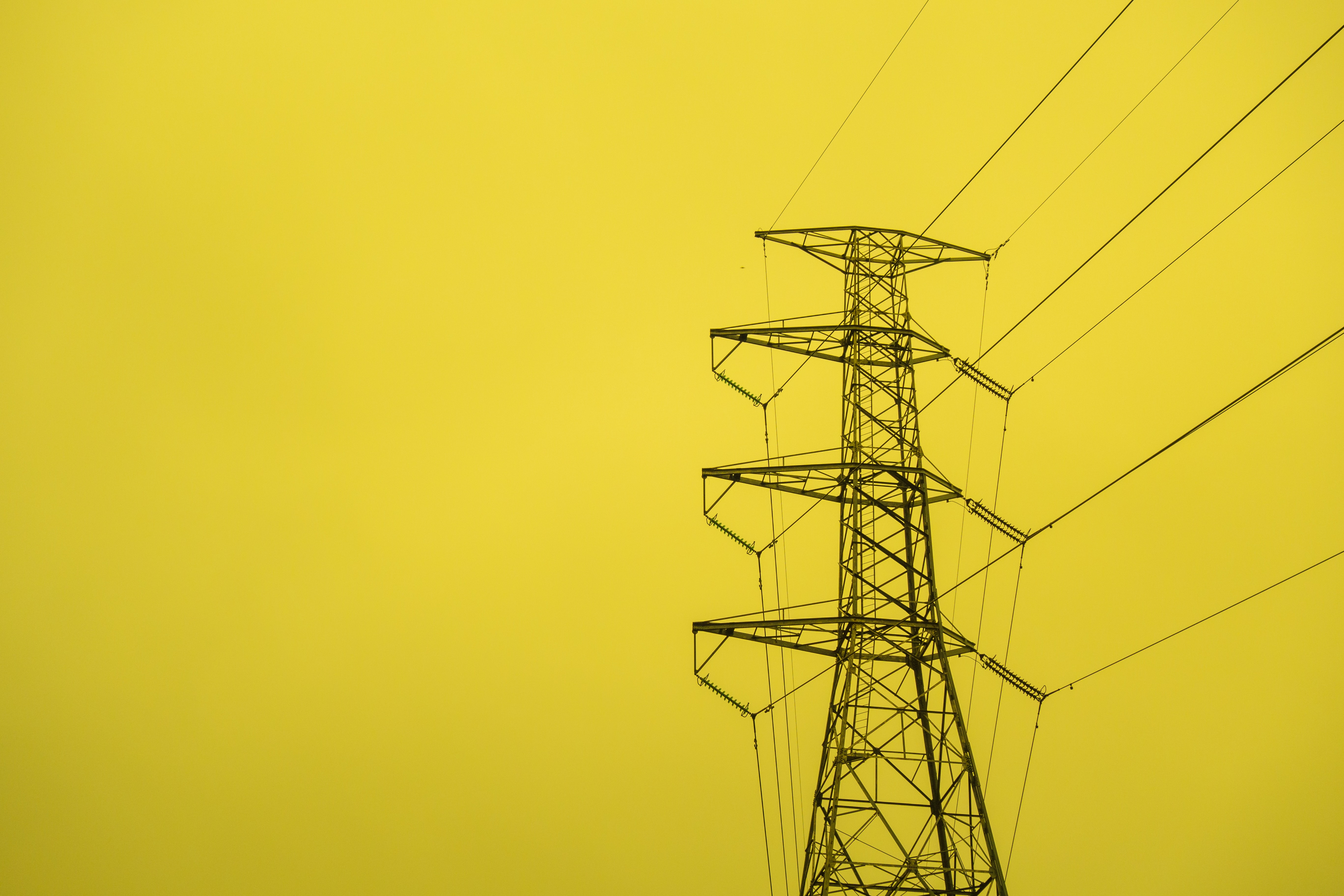Commentary: Free market solutions for SC’s energy future
This op-ed by Dr. Oran Smith was originally published in the SC Daily Gazette.
It is no secret that South Carolina has become a magnet for business, industry, and people.
Since 2007, our population has grown by over one million, and the U-Hauls keep coming.
The in-migration boom includes manufacturing and high-tech industries as well. This generational change has ramped up electricity demand, stressed the grid, and led to urgent public policy conversations about how to meet our future energy challenges.
With apologies to Robert Frost, when it comes to our electricity market, two paths diverge in the Palmetto State wood. Will we choose “more of the same” or reform?
The most predictable incarnation of the “more of the same” path would be for the General Assembly to simply survey the monopoly utilities, ask them what they want, and enact that.
The result would be more generation and transmission capacity, but no change to the system.
But our goals should not be just to keep the lights on — it should be about saving consumers money and fostering economic growth through modernization.
Because the Southeast is a place where each utility has a defined territory and no wholesale or retail competition to speak of exists, to take the road most traveled would be easy, but unfortunate.
So, what opportunities present themselves on the reform path?
There are many, but in this space, we offer just two options. Each option is anchored in a fresh comprehensive study of the potential impacts.
First, there is the establishment of an Energy Imbalance Market, or an EIM. The key study here is known as The Brattle Report (2023), prepared for the General Assembly’s Market Reform Study Committee.
An Energy Imbalance Market can be defined as a real-time market that actively manages and corrects discrepancies between the planned energy supply and actual demand.
Put simply, the current market is about scheduled, planned electricity distribution, while an Energy Imbalance Market is a real-time correction mechanism that optimizes last-minute supply-demand mismatches.
It enables energy providers to buy and sell electricity in five-minute settlement intervals, ensuring that energy supply matches demand as closely as possible at any given moment.
According to Brattle, creating a regional or state wholesale energy market could save ratepayers up to $300 million annually by increasing efficiency, reducing operational costs, and improving energy distribution.
Currently, two-thirds of the U.S. benefits from these competitive energy markets, but the Southeast is one of the last regions in the country without a regional wholesale energy market.
By taking the lead in energy reform, South Carolina has the opportunity to set the standard for the region — delivering cost savings to residents, attracting new businesses, and ensuring a stable energy future.
Secondly, the Palmetto State could allow limited retail competition. The key study here was conducted by Daymark (2024).
On July 1, 1969, on the basis of the Territorial Assignment Act, the South Carolina Public Service Commission assigned territories to each utility.
Choice of power provider was very limited. A customer located “within 300 feet of certain lines of an electric supplier and partially within a service area assigned to another electric supplier” could choose.
A football field’s worth of choice is not much choice. We have been governed by this statute’s framework ever since.
In 1973, Georgia passed its Territorial Electric Service Act.
It was more market driven. A large load exception allows a customer with a load of 900 kilowatts or greater to select its electric supplier on a one-time basis. (A 900-kW load would be approximately that needed by a Kroger, Publix, Home Depot, Lowe’s or Target shopping center.)
Power systems in Georgia compete for large customers all over the state. For example, a small Electric Membership Corporation (a co-op) in South Georgia may bid to provide service to a new industrial or commercial facility being built in North Georgia.
The rivalry for new customers is intense, with the competing utilities offering potential customers lower rates and other amenities.
The Georgia model, a “willing buy through,” while not perfect, provides another option for implementing a competitive system in South Carolina.
It has been said that “there is no heavier burden than a great opportunity.”
The energy debate we are in is a burden, but an Energy Imbalance Market and a large-load limited retail choice system are opportunities.
Each is worthy of consideration in the crafting of broad energy reform for South Carolina.





